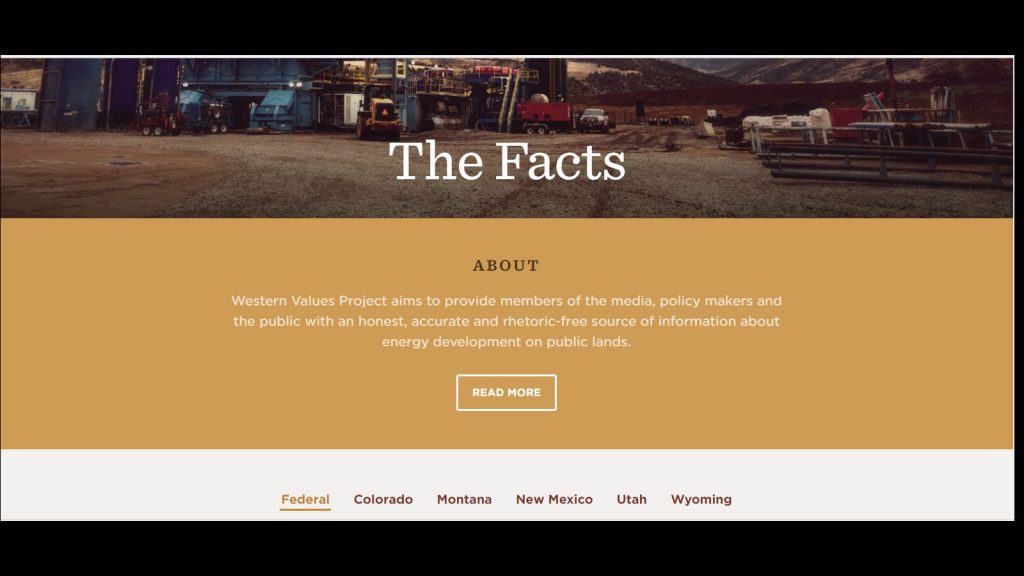
While looking at the Western Values Project following up on the E&E News story Steve Wilent mentioned here, I found this op-ed in the Sacramento Bee about the Land and Water Conservation Fund.
This campaign against reform of the conservation fund is cleverly disguised. The group behind the ads is called the Western Values Project, but it is a front group backed by the D.C.-based New Venture Fund, an organization that runs more than 100 similar projects and has received tens of millions of dollars from environmentalist interests.
And then I found this piece, from Dave Skinner of Montana, who has posted on this blog before.. an op-ed in the Flathead Beacon here.
“Do you think either of these experienced progressive public-relations workers would generate all those press releases and produce those ads for free?
Nope — so who really foots the bill and whose “Western majority” values are being voiced?
Well, we have to go back to 2013 when WVP issued its first press release, which reads (way at the bottom) that WVP “receives financial support from New Venture Fund.”
Again, readers, but not reporters, are forgiven if they’ve never heard of the Washington, DC-based New Venture, a “501(c)3 public charity [which] supports innovative public interest projects […]” NVF began in 2006 as the Arabella Legacy Fund, taking about $725,000 from Swiss eco-billionaire Hans Wyss for an “innovative” project called Responsible Trails America (RTA). RTA hired Greens to pose as off-road users on state trail funding committees, working to divert gas-tax money from motorized to non-motorized trails. That’s innovation!
From that small start, Arabella-nee-NVF has become massive. NVF’s 2015 funding, as shown on the most recent IRS “charity” tax return available, was $315.7 million bucks! From whom? Forget it, that’s not open to public inspection. To whom? Oh, the anti-gun Americans for Responsible Solutions ($1.013 million); Sierra Club Foundation ($515,000), hundreds of grants totaling $87 million, and not a dime of it political in any way. Majority western values, my eye!
There is nothing to be found about WVP, its budget, its purpose, anywhere in NVF’s records, nor on its web site, nor in any news stories.
Worse, while there’s a smallish number of “news” stories highlighting multiple “six-figure” advertising buys by WVP in multiple states the past few years — not one single “credentialed” journalist, left, right, or straight, from Montana or elsewhere, has ever caught on to WVP’s true nature.
Western Values Project is a dark-money front, buried deep inside the Russian-doll corporate structure of an unknown, yet multi-mega-dollar “charity” called the New Venture Fund. Probably, but instead, Montana’s TV media ran these ads during news prime time — grabbing big bucks while failing to spend a penny of their windfall on, yep, actual investigative news.”
If folks say “the Koch brothers do it too” that doesn’t really help IMHO. The problem to me is that you can’t interpolate the truth from two groups that are prone to using sophisticated media campaigns to make their case. They twist the facts and intentionally talk past each other. Or as Dave Skinner said in the comments to the Flathead op-ed “The real trouble is, both sides have gotten sophisticated enough at the funding kabuki that average Americans are people are getting the full mushroom treatment.”


